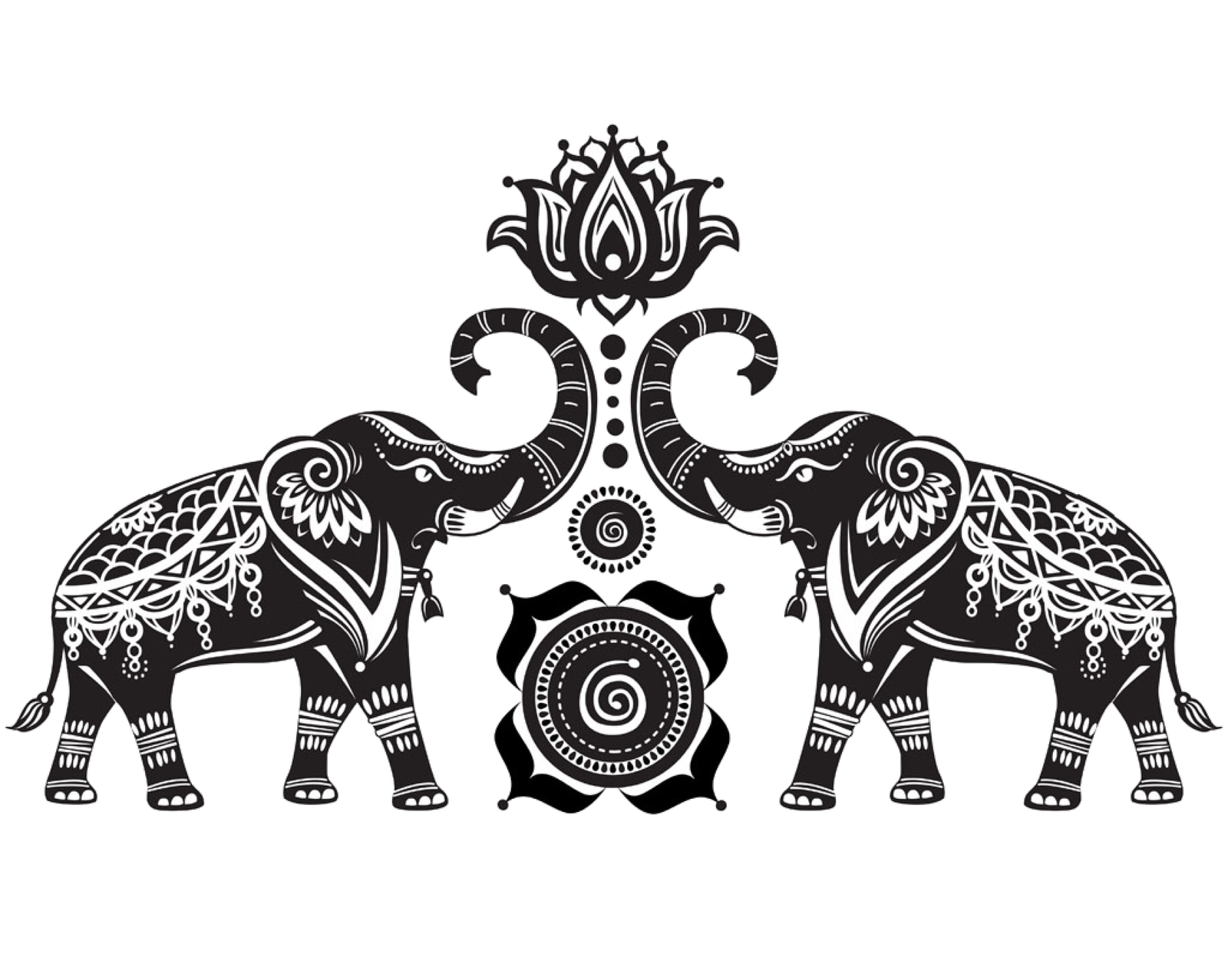From the line: laura thomas
Newswise — A species of extinct kangaroo that lived during the Pleistocene between two and a half million and ten thousand years ago, known as the ‘giant wallaby’, was a poor hopper, a study by scientists at the University of Bristol found. Has gone.
Several major species of kangaroo, all larger than the modern kangaroo and known by the same name protemnodon, they were previously believed to have sprung, despite their size. However the findings, published today Mammalian Evolution JournalShow that they were primarily four-legged and probably used four legs to move around most of the time.
Lead author Billy Jones, a former Masters student on the Bristol Palaeobiology programme, said: “There was some speculation in my undergraduate thesis at Uppsala University that its habits may have been more quadrupedal than those of living kangaroos.
“This new paper builds on some previous quantitative studies that looked at the anatomy of the humerus (upper arm bone) in different mammals, and concluded that protemnodon “Habitually put more weight on their front legs than today’s kangaroos.”
Previous research has shown that the ankle bones protemnodon They were unsuited to withstand the stress of jumping.
The team showed that the ratio of organs protemnodon were significantly different from any living kangaroo, particularly the short-legged ones, supporting the proposal that it was primarily quadrupedal rather than a dedicated hopper like the living larger kangaroos.
This new paper is a quantitative study of the proportions of the limbs, as well as a more qualitative discussion of some other aspects of the anatomy, in an attempt to confirm the locomotion of this extinct animal.
This provides further evidence that the taxonomic diversity of large kangaroos in Australia’s Pleistocene was matched by locomotor diversity. supervisor Professor Christine Janis of bristol School of Earth Sciences It has already been shown that the extinct sthenurines – a separate subfamily of kangaroos – were bipedal striders rather than hoppers. This locomotor diversity suggests a greater diversity of habitats in the Australian Pleistocene than previously thought, as the continent was not as dry as it is at present.
Professor Janis added: “Studies of the limb bones and the proportions of the bones to each other show that the so-called extinct ‘giant wallaby’, protemnodonProbably had a poor hopper, and probably walked mostly quadrupedally, perhaps crouching on all fours as tree-kangaroos do on the ground.
billy jones won both David Dineley Award And this curry award For this thesis.
paper,
‘Hop, walk or bound? Proportions of limbs in kangaroos and possible speed of extinction of an extinct species Protemnodon’ By Billy Jones and Christine Marie Janis Mammalian Evolution Journal,
(TagstoTranslate)Newswise(T)Kangaroo;Kangaroo locomotion;Palaeobiology(T)All Journal News(T)Environmental Health(T)Environmental Science(T)Nature(T)Wildlife(T)Top Hit Stories(T)University of Bristol



